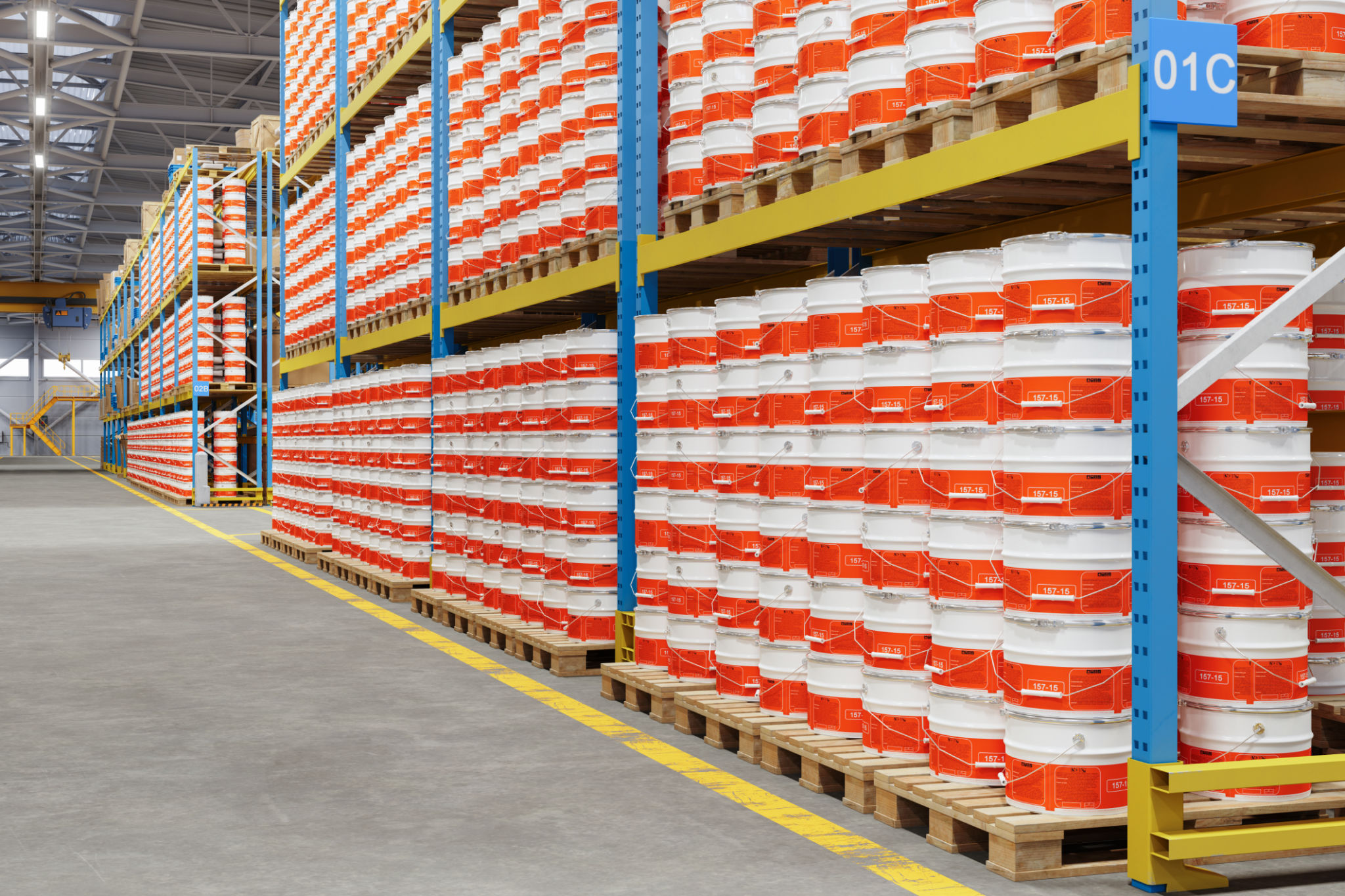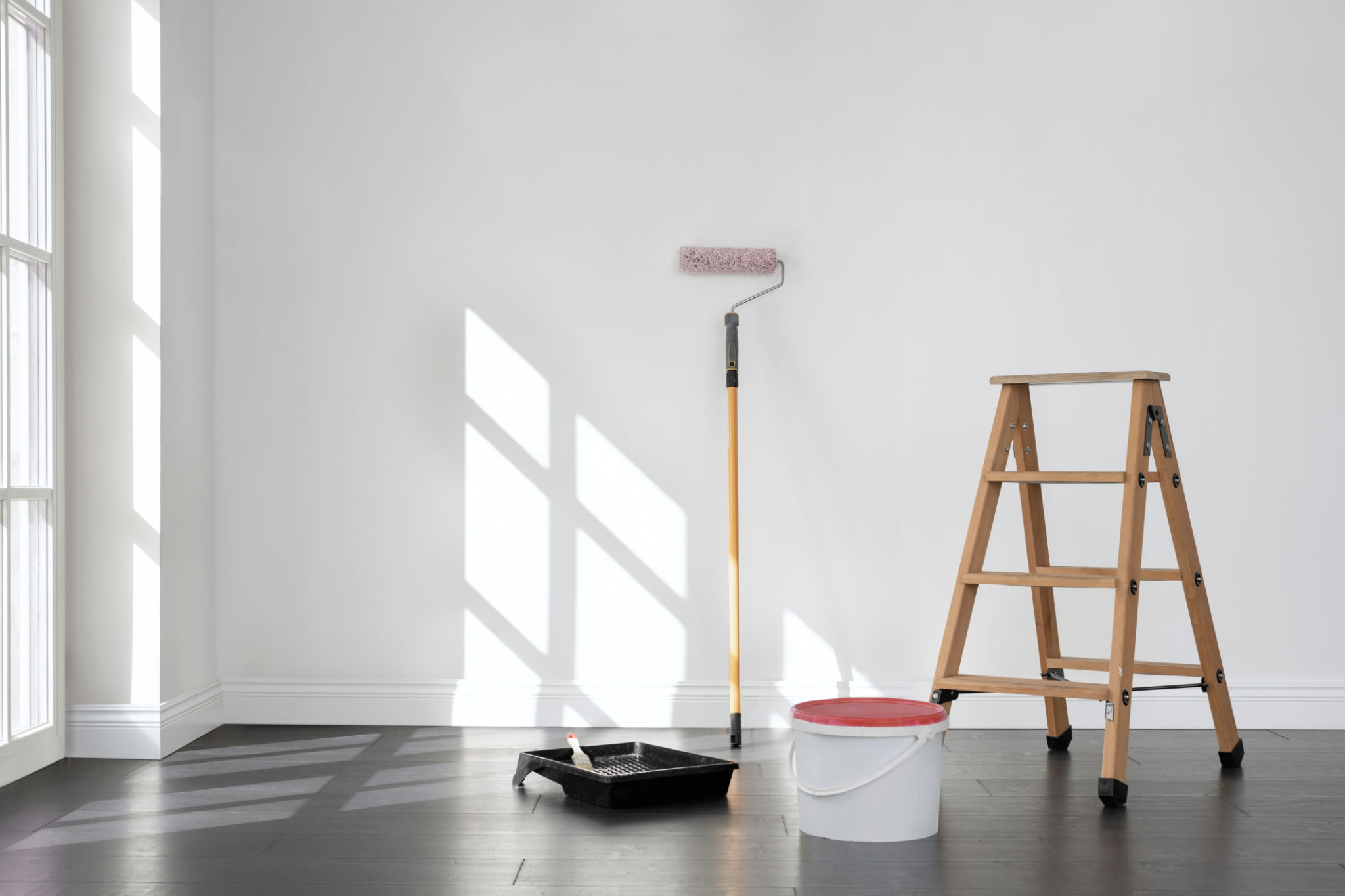Common Painting Mistakes and How to Avoid Them
Introduction to Common Painting Mistakes
Painting your home can be a rewarding experience, transforming your space and giving it a fresh look. However, many DIY enthusiasts often encounter several common painting mistakes that can lead to frustration and unsatisfactory results. Understanding these mistakes and learning how to avoid them can save you time and ensure a professional finish.

Skipping the Prep Work
One of the most frequent mistakes is neglecting the preparation stage. Proper prep work is essential for a smooth and long-lasting paint job. This includes cleaning the walls, repairing any damage, and applying primer. Skipping these steps can result in uneven surfaces and poor paint adhesion.
Tip: Invest Time in Surface Preparation
Before you start painting, make sure to clean your walls thoroughly to remove dust and grease. Use spackle to fill in any holes or cracks and sand the surface for an even finish. Applying primer is crucial, especially if you're painting over a dark color or dealing with new drywall.
Choosing the Wrong Paint
Selecting the incorrect type of paint can severely impact the outcome of your project. Different surfaces require specific paint types, and using the wrong one can lead to peeling or a lackluster finish.

Tip: Match Paint Type to Surface
For high-moisture areas like bathrooms, opt for mildew-resistant paints. For kitchens, consider durable, washable paints that can withstand frequent cleaning. Always consult with a professional or conduct research to determine the best paint for your specific needs.
Using Poor Quality Brushes and Rollers
Investing in high-quality brushes and rollers is often overlooked but is crucial for achieving a smooth application. Using cheap tools can result in streaks, uneven coverage, and brush bristles stuck in the paint.
Tip: Choose Quality Tools
Select brushes made with synthetic bristles for latex paints and natural bristles for oil-based paints. Rollers with the appropriate nap length for your surface type will ensure even paint distribution. Remember, good tools can make a significant difference in your painting results.

Failing to Use Painter's Tape Correctly
Painter's tape is essential for creating clean lines and protecting surfaces you don't want painted. However, improper application can lead to paint bleeding under the tape or peeling off when removed.
Tip: Apply and Remove Tape with Care
Ensure the surface is dry and clean before applying tape. Press down firmly along the edges to seal it properly. Once your painting is complete, remove the tape at a 45-degree angle while the paint is still slightly wet to avoid chipping.
Not Allowing Adequate Drying Time
Rushing between coats is a common mistake that can ruin your paint job. Paint needs adequate time to dry between layers to prevent smudging and uneven texture.
Tip: Be Patient with Drying Times
Follow the manufacturer's instructions regarding drying times between coats. Factors like humidity and temperature can affect drying, so adjust your timeline accordingly. Patience will ensure a flawless finish and a more durable paint job.
Avoiding these common painting mistakes will not only enhance the final appearance of your project but also make the process more enjoyable. With proper preparation, the right tools, and a bit of patience, you can achieve professional-looking results that transform your space.